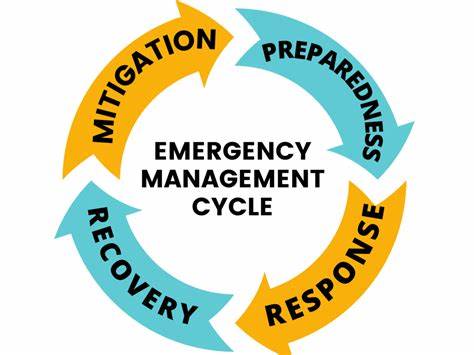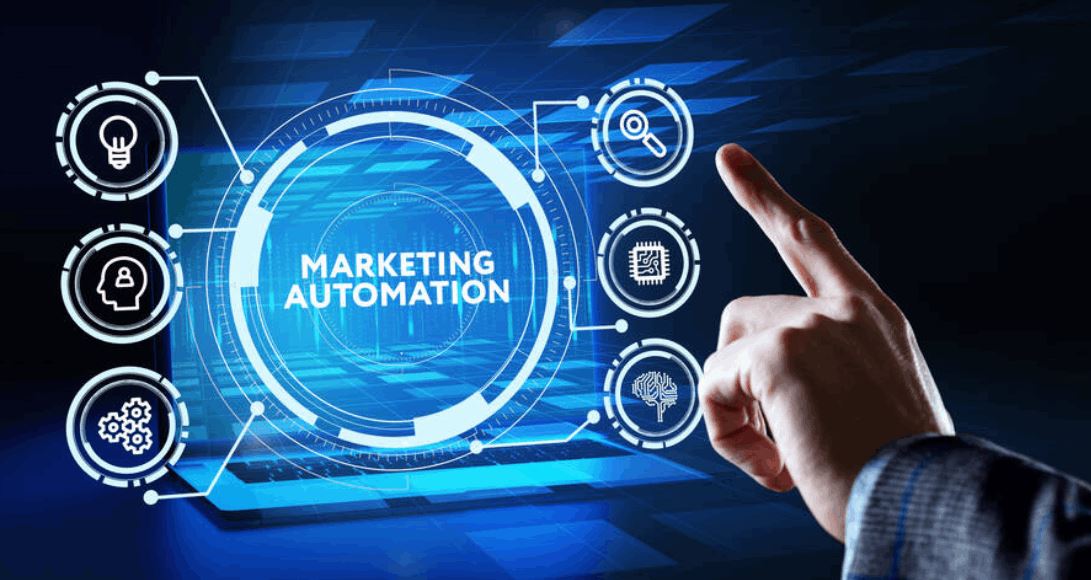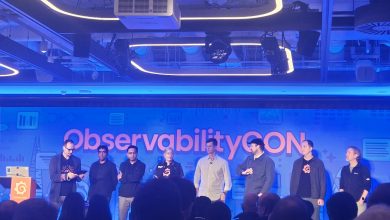
Artificial intelligence isn’t always loud. It doesn’t always arrive with grand announcements or futuristic robots. In most cases, AI shows up quietly, tucked inside tools we already use, streamlining our work and eliminating friction without demanding attention.
While big tech debates dominate the headlines, the most meaningful AI transformation is happening where people work: in spreadsheets, schedules, dispatch systems, and marketing workflows. These are small, daily shifts that add up to something powerful.
Let’s take a look at how AI is silently improving productivity—one workflow at a time.
AI is becoming invisible infrastructure
A few years ago, using AI meant implementing some cutting-edge experimental tool. Today, it’s different. AI is now infrastructure. It powers search results, predicts next steps in software, helps complete documents, and flags anomalies—all in the background.
Modern AI blends into tools people already trust. Instead of replacing humans, it assists them quietly, speeding up decisions and cutting repetitive work.
Emergency response is becoming more efficient
In high-stress environments like emergency services, even small improvements matter. Fire and EMS teams often rely on complex scheduling, compliance, and reporting systems. These tasks are time-consuming—and ripe for automation.
Modern fire and EMS software like AngelTrack uses AI to reduce manual data entry, optimize dispatch workflows, and streamline compliance. It doesn’t need to be called “AI-powered” in flashing lights—it just works better, making life easier for teams under pressure.
This is where AI earns its keep: by improving accuracy and saving time when it matters most.
Spreadsheets are smarter than ever
For millions of people, spreadsheets are where real work happens. Budgeting, planning, analysis—it’s all there. And until recently, most of it was done manually.
Now, tools like Excel are starting to evolve with AI in subtle ways. Formula recommendations, pattern detection, and natural language queries are becoming the norm. You no longer need to remember every function or build complex formulas from scratch.
The rise of Excel AI bots mean you can describe what you want—like “calculate the monthly growth rate excluding weekends”—and get the formula instantly. This is more than a time-saver. It lowers the barrier to smart decision-making.
 Content marketing is getting automated
Content marketing is getting automated
Posting consistently is one of the hardest parts of content marketing. Most businesses know they should stay active online, but real life gets in the way. Ideas dry up. People get busy. Publishing falls behind.
That’s where AI-powered scheduling tools come in. Instead of posting reactively or scrambling for ideas, marketers can queue up evergreen content and let it run in the background.
Evergreen content scheduling tools, such as EvergreenFeed, are helping teams stay visible without the burnout. By reusing and rotating proven posts, supported by AI to optimize timing, companies can maintain a steady presence with minimal effort.
This is the kind of behind-the-scenes automation that doesn’t feel like “AI” in the futuristic sense, but delivers real-world value every day.
AI saves minutes that add up to hours
A key trend in AI today is micro-efficiency. We often think of productivity in hours and days, but many AI tools are designed to save minutes—from writing emails faster to generating reports or summarizing data instantly.
These small savings add up. Over the course of a week, they can reclaim hours. Over a month, they can shift how entire teams operate. Instead of spending energy on rote tasks, people can focus on work that actually moves the needle.
That’s the real benefit of AI: not doing more work, but doing the right work.
It’s not just for tech companies
One of the biggest misconceptions is that AI only helps software companies, data teams, or people in technical roles. In reality, the opposite is true. The most impactful AI improvements are often in unsexy industries—like logistics, public safety, healthcare, admin, and marketing.
These sectors have huge volumes of repetitive tasks that are perfect for automation. They don’t need flashy tools. They need better workflows. And AI is quietly delivering those improvements right now.
Final thoughts
The future of AI at work isn’t loud or flashy. It’s useful. It shows up in the tools we already use. It saves time, reduces errors, and makes work smoother for real people doing real jobs.
And often, that’s the best kind of innovation. The kind you don’t notice—until you realize you’d never want to work without it.


 Content marketing is getting automated
Content marketing is getting automated


